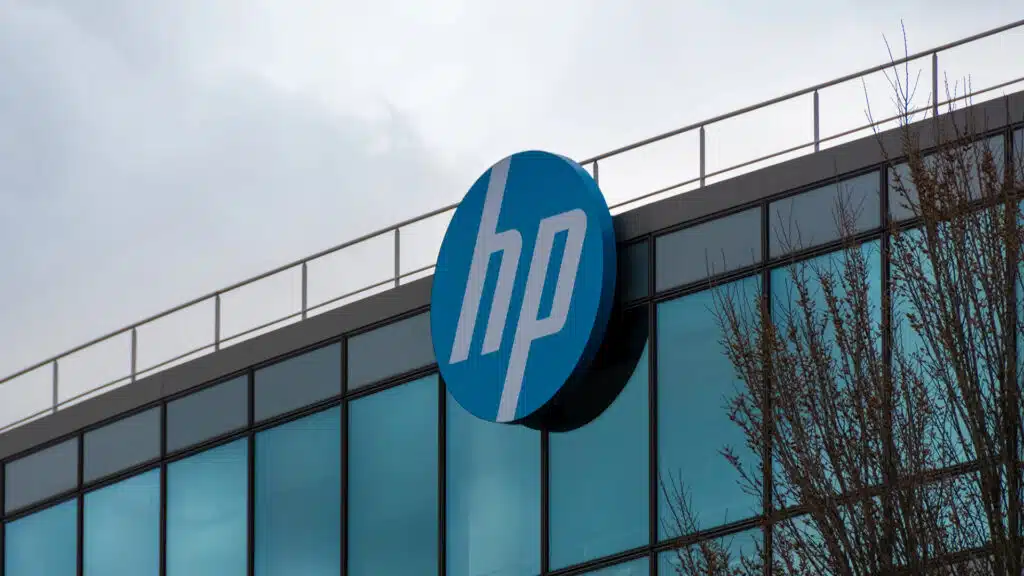The Six Five team discusses the Movandi mmWave Automotive Test.
Watch the clip here:
If you are interested in watching the full episode you can check it out here:
Disclaimer: The Six Five Webcast is for information and entertainment purposes only. Over the course of this webcast, we may talk about companies that are publicly traded and we may even reference that fact and their equity share price, but please do not take anything that we say as a recommendation about what you should do with your investment dollars. We are not investment advisors and we do not ask that you treat us as such.
Transcript:
Daniel Newman: Pat, let’s talk about a company people that follow our show probably don’t know much about, but that’s very interesting, and one that you’re tracking very closely, and that’s Movondi.
Patrick Moorhead: Yeah. So first off, I want to say I do have in an investment in Movandi, but we can move forward on that. So Movandi is a super interesting 5g company. Essentially these folks, a lot of them come from the Broadcoms of the world, the Qualcomms of the world, and what they do is they create RF chips. They have integrated 5g antenna modules, cloud-based algorithms and systems, and complete reference platforms for 5g. And that’s across private networks, devices, network operators.
But one of the most interesting things that I saw was a demonstration that they did, and I’m going to put this up here, essentially using millimeter wave, 5g millimeter wave in a moving car. And you might ask, “Why would anybody want to do that?” Well, first off, millimeter wave, let me give you a personal example. Millimeter wave here in Austin, on Second Street, lasts about two blocks. There’s a gNodeB from AT&T every two blocks, and you get outside that or you go inside, it essentially goes away.
And a lot of the hesitancy, I think, of the carriers to move forward with more of these gNodeBs is cost, because they are very, very expensive. And what Movandi did is they showed it, let’s say, in a future smart car, where you would have one of their repeaters, and what they did is they did a comparison of the before and after.
I’m going to share this video here of what they did, and just kind of talk through it. So to make a long story short, what they did is they had speeds before which were essentially low without using one of these. The down link speeds were 114 megabits per second, varied between 87 and 130, and that bumped up using the smart repeaters turned on, over 10Xed the performance, at 1.6 gigabits per second, and then a maximum down link speed of 2.7 gigabits per second. So truly an incredible breakthrough here. And really kind of more of a David Letterman pet trick, where it’s more of a proof of concept showing what can be done. And the cost of these repeaters today is half of a full gNodeB, but doing 5g in a moving car is a pretty big accomplishment in my opinion.
Daniel Newman: Yeah. No question about it, Pat. Look, the applications for millimeter wave and having that extraordinary throughput speed experience is significant, Pat, and it’s substantial. Like you said, you and I really do know as we bounce around Austin, the experience is you get on and off of these millimeter wave networks. The ability to connect that and take that mobile with us is going to be … God, just for my kids, so they can watch all those movies in the car without yelling at me about why the wifi is not working better. You know, stuff like that, Pat. But no, it’s a great story. I haven’t been following this company as closely now, but you’re turning me on to it. I’m going to definitely dig into this new announcement, Pat, and check it out, because it looks like this could be the start of something very interesting. I could see this company showing up more and more in this conversation about the next wave of millimeter wave 5g.
Patrick Moorhead: And by the way, just a final thing, what I’d like to do is look forward to the future, where you actually have 5g connected cars with the lowest latency possible, which is millimeter wave, and having the ultimate self-driving automobile.
Daniel Newman: Yeah. Absolutely, Pat. You’re right. I’ve written a lot about software-defined vehicles, connected vehicles. This is, in fact, the future, and this is one part of solving that, always connected. And by the way, always connected and always connected well, anybody that’s ever used Gogo in the air knows what not being connected well can feel like.
So let’s keep moving, Pat.
Author Information
Daniel is the CEO of The Futurum Group. Living his life at the intersection of people and technology, Daniel works with the world’s largest technology brands exploring Digital Transformation and how it is influencing the enterprise.
From the leading edge of AI to global technology policy, Daniel makes the connections between business, people and tech that are required for companies to benefit most from their technology investments. Daniel is a top 5 globally ranked industry analyst and his ideas are regularly cited or shared in television appearances by CNBC, Bloomberg, Wall Street Journal and hundreds of other sites around the world.
A 7x Best-Selling Author including his most recent book “Human/Machine.” Daniel is also a Forbes and MarketWatch (Dow Jones) contributor.
An MBA and Former Graduate Adjunct Faculty, Daniel is an Austin Texas transplant after 40 years in Chicago. His speaking takes him around the world each year as he shares his vision of the role technology will play in our future.







